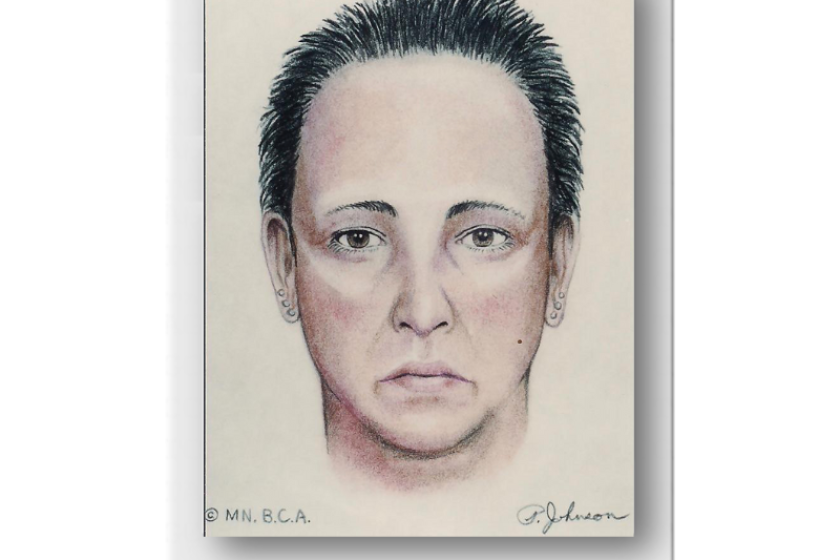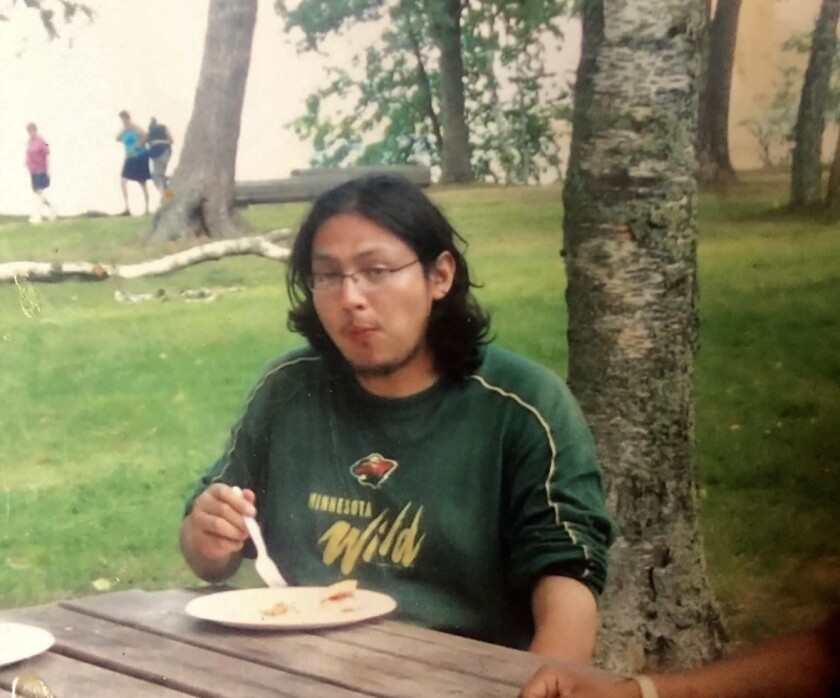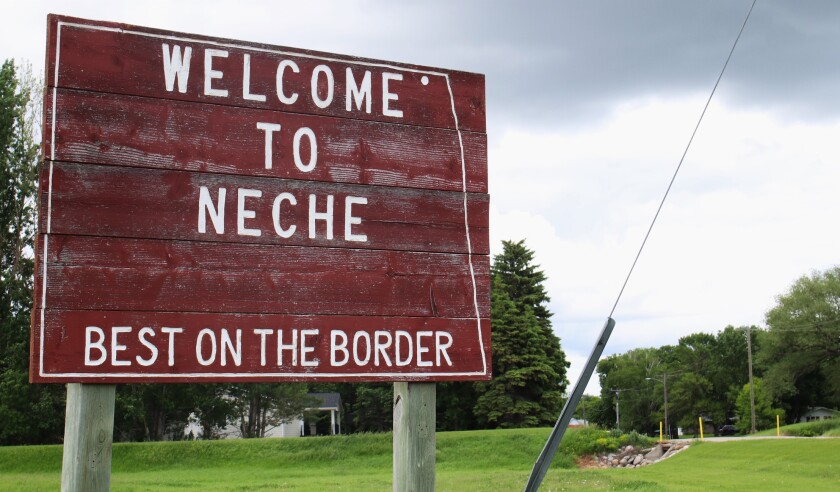NEW SCANDIA, Minn. – In the early morning hours of a summer day in 1993, a man walking near Bone Lake spotted what appeared to be the head of a mannequin floating in the water.
A closer look revealed a human head.
ADVERTISEMENT
On June 12, 1993, a call came into the Washington County Sheriff’s Office reporting a woman's head was discovered near the shores of Bone Lake in New Scandia Township, northeast of St. Paul.
Investigators discovered the dismembered head, which had been bluntly cut at the neck. With only a few days of exposure to the elements, the appearance of the victim was somewhat intact.
The unknown woman had brown eyes and short, spiky dark hair. Her ears were pierced three times, on each side. The medical examiner’s report estimated her age to be between 30 and 65 years old, according to the DNA Doe Project.

A foot belonging to the same victim was later discovered on the shores of Pig’s Eye Lake, located roughly 35 miles from the lake where her head was discovered. Investigators noted red nail polish on two of her toes.
A sketch resembling her appearance was created and widely circulated around the state and country, yet investigators fell short of identifying the woman.
Now they might be close to solving the mystery.
The Bone Lake Jane Doe case is currently pending with the DNA Doe Project, a nonprofit organization that utilizes DNA analysis with investigative forensic genealogy to discover the identity of the unidentified.
ADVERTISEMENT
The process hasn't been without its obstacles, though.
Bone Lake Jane Doe’s case is in its second round of laboratory analysis, earning the case its pending status.
“Unfortunately, this case is still working its way through the labs,” Pam Lauritzen, DNA Doe Project executive director of media and communications, told Forum News Service. “The first round of DNA work did not pass quality control to create a profile, so we’re working on a second effort.”
The road to identification
The timeline for determining Bone Lake Jane Doe’s identity isn’t set in stone.
Factors such as staffing and lab schedules come into play, along with the quality of the sample.
In this case, the first round of sequencing fell short due to a difficult sample, according to Lauritzen. The second sequencing attempt could take two months — or a year and a half.
That’s just one step in the identification process, though.
ADVERTISEMENT
That process yields the DNA profile needed to upload to national databases like GEDmatch and Family Tree DNA.
These databases merge all the DNA data collected through direct-to-consumer genetic testing companies like 23andMe.
Investigative genetic genealogists take it from there, analyzing potential distant relatives of the unidentified. Once a distant relative is detected, genealogists work their way back through the family tree until a close living relative is identified.
“They build family trees and research those matches in order to find the right branch of the tree that includes the Doe,” Lauritzen said. “This can take a few hours, or a few years, depending on how closely or distantly related the matches are to the Doe.”
Waiting decades
For two decades, the Bone Lake Jane Doe case has been active.
The dismembered remains have been preserved and kept secure at the Ramsey County Medical Examiner’s Office since the discovery in 1993.
Despite distributing sketches of the young woman with detailed descriptions of her appearance, investigators have not received information from the public — or other law enforcement agencies — leading to her identification.
ADVERTISEMENT
While investigators and medical examiners have longed for answers in this case, funding for DNA technology opportunities has been a major obstacle.
“This case was brought to us by the Ramsey County Medical Examiner’s Office, who had no funding for the expensive lab work,” Lauritzen said.
Matching cases with funding
The Doe Network posts cases related to unidentified remains on their website. Cases are labeled as active, pending or in need of funding.
The first goal in the identification process is to obtain funding for each case.
A grant received from a family foundation allowed The Doe Network to move forward with Bone Lake Jane Doe’s case, along with other cases in need of funding.
Each investigative genetic genealogy case requires up to $12,000 in funding. For state and local agencies facing budget cuts, cases involving the unidentified often aren’t at the top of the cold case list.
This is an ongoing challenge. Increased public interest in DNA technology and investigative genetic genealogy is also playing a role in increased demand.
ADVERTISEMENT
“Unfortunately, that interest is also acting to drive up prices,” Lauritzen said.
GEDmatch, the national database utilized by law enforcement agencies around the country, recently increased fees for law enforcement agencies. The cost to upload cases used to cost agencies $700 — now that price is around $1,000.



















